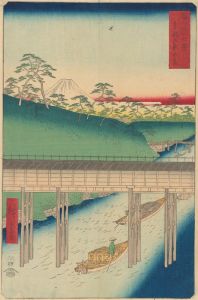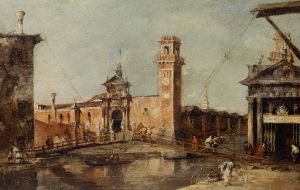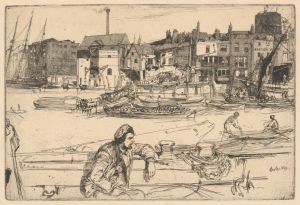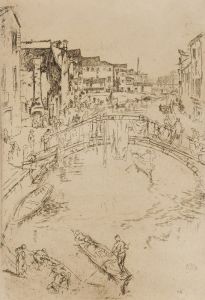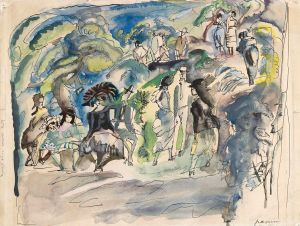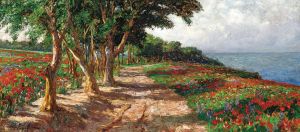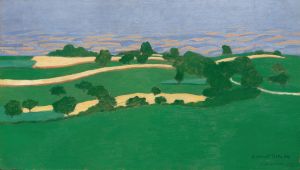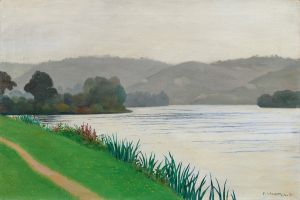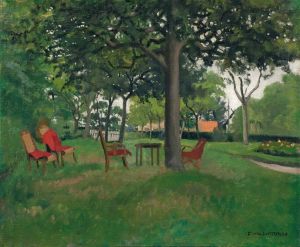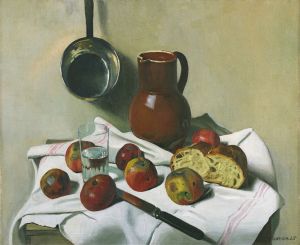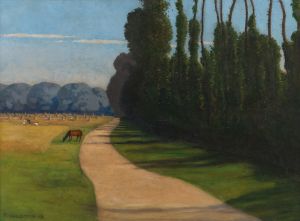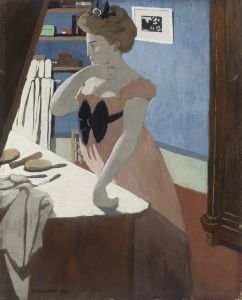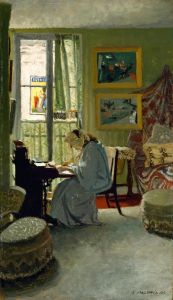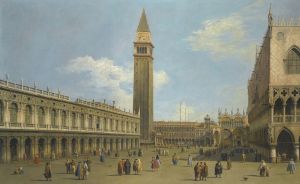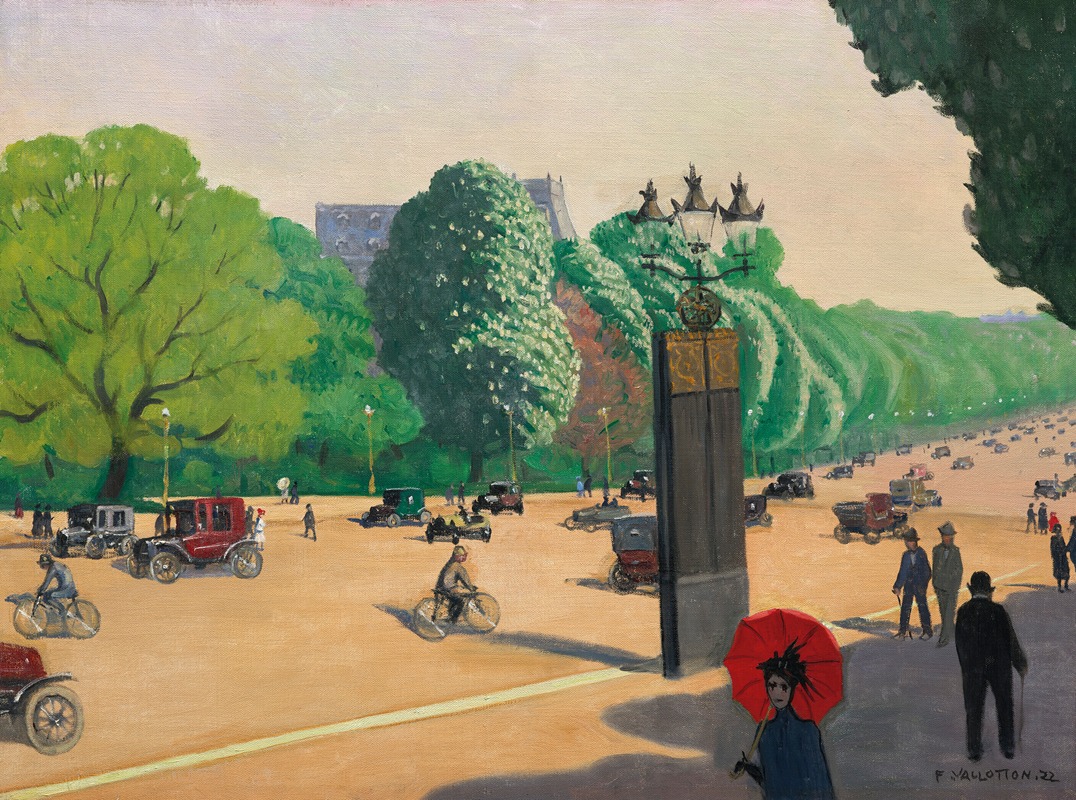
La Porte Dauphine
A hand-painted replica of Félix Vallotton’s masterpiece La Porte Dauphine, meticulously crafted by professional artists to capture the true essence of the original. Each piece is created with museum-quality canvas and rare mineral pigments, carefully painted by experienced artists with delicate brushstrokes and rich, layered colors to perfectly recreate the texture of the original artwork. Unlike machine-printed reproductions, this hand-painted version brings the painting to life, infused with the artist’s emotions and skill in every stroke. Whether for personal collection or home decoration, it instantly elevates the artistic atmosphere of any space.
Félix Vallotton's painting La Porte Dauphine is a work by the Swiss-born French artist, who was associated with the Post-Impressionist and Nabis movements. Vallotton, known for his distinctive style that combined sharp contours, flattened forms, and a focus on composition, created works that often depicted urban scenes, landscapes, and interiors with a sense of detachment and precision.
La Porte Dauphine portrays a scene in the area surrounding the Porte Dauphine, a location in the 16th arrondissement of Paris. This area, named after one of the gates in the Thiers wall that once encircled Paris, is known for its elegant architecture and proximity to the Bois de Boulogne, a large public park. Vallotton's depiction of this location reflects his interest in capturing the atmosphere of modern urban life in Paris during the late 19th and early 20th centuries.
The painting exemplifies Vallotton's characteristic use of simplified forms and muted colors, which lend the work a sense of calm and order. His approach to composition often emphasized balance and structure, and La Porte Dauphine is no exception. The scene is rendered with a clarity that reflects Vallotton's background in printmaking, particularly woodcuts, which influenced his painting style.
While Vallotton's works often included subtle social commentary or psychological depth, La Porte Dauphine is primarily appreciated for its aesthetic qualities and its ability to capture a specific moment in time. The painting is part of Vallotton's broader body of work that explores the interplay between people, architecture, and nature in urban settings.
The exact date of creation for La Porte Dauphine is not specified in most sources, but it is consistent with Vallotton's mature period, during which he produced many of his most celebrated paintings. The work is housed in a private collection or museum, though its current location is not widely documented.
As with many of Vallotton's paintings, La Porte Dauphine demonstrates his ability to transform everyday scenes into compositions of striking beauty and thoughtfulness. It remains an example of his unique contribution to modern art, blending elements of realism and abstraction in a way that continues to resonate with viewers.





